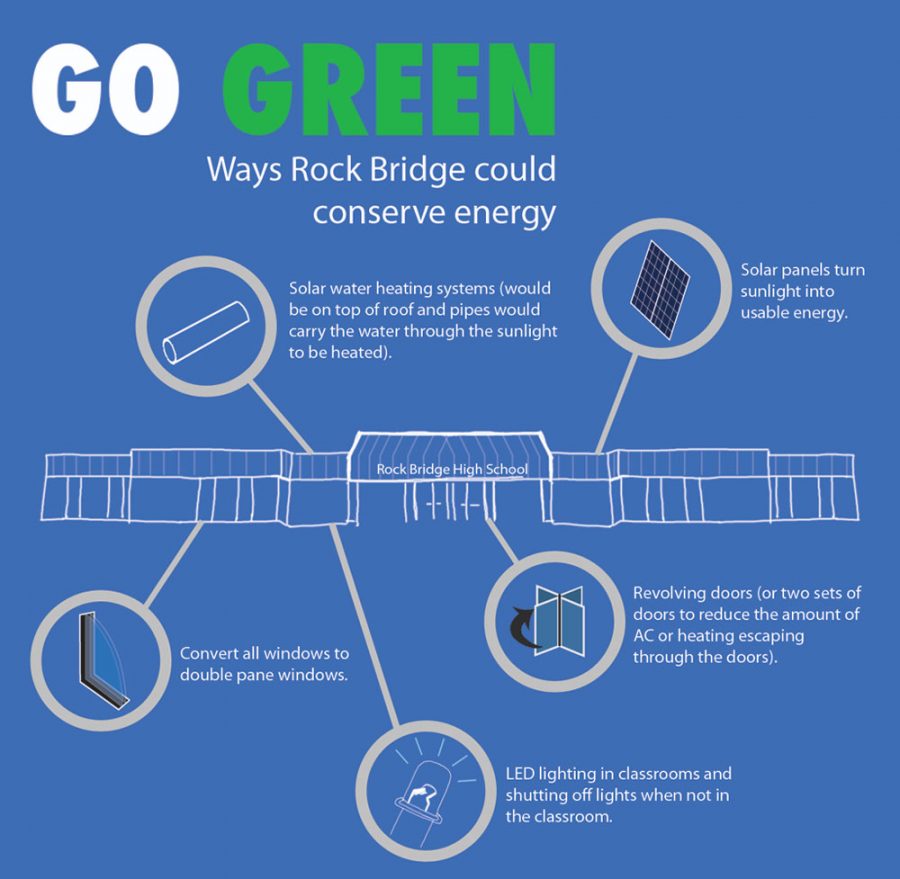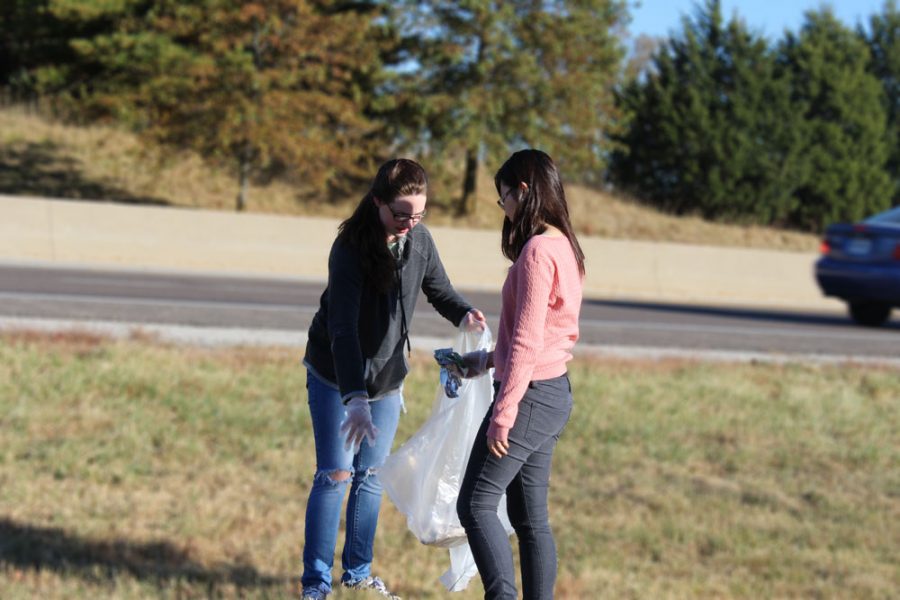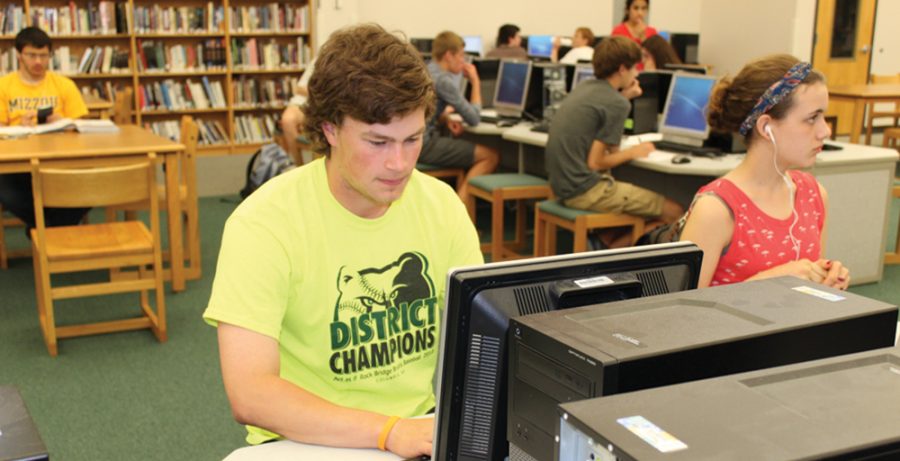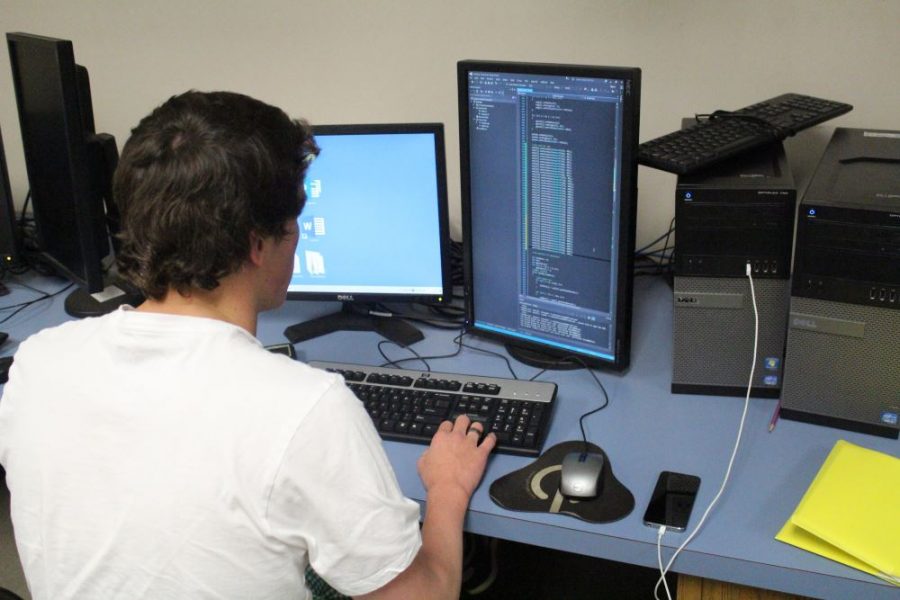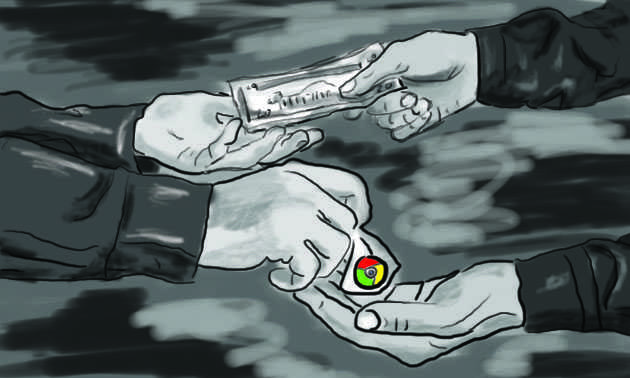By adopting energy efficient methods, educational institutions could very well save money and save the planet at the same time.
Going green may cost schools an average of $3 more per square foot, but those energy efficient practices could generate $74 per square foot in benefits from energy saving, according to a 2006 report by the U.S. Green Building Council.
In the same report, the U.S. Green Building Council stated that green schools also saw an increase in attendance and teacher retention.
While Columbia Public Schools isn’t putting solar panels on top of schools any time soon, they have incorporated some green practices into their maintenance procedures.
The district has switched from chlorinated cleaners to hydrogen peroxide. When hydrogen peroxide breaks down, what’s left is hydrogen and ozone, a form of oxygen. Ozone has strong cleaning capabilities and is sometimes used to treat sewage and wastewater.
“They buy it in concentrated form, and they dilute it down with water, but when you’re cleaning with that, if you put it on the table, you have to let it sit for a little bit for the oxygen to kill the germs,” assistant principal Brian Gaub said. “But then, instead of having the chlorine, which does irritate — a lot of people are sensitive to chlorine — you just have water and oxygen when you’re done.”
Along with switching to less toxic cleaners, the district also makes sure to conserve energy by turning off the heating, ventilation and air conditioning (HVAC) systems along with the lighting fixtures when they’re not in use. If there’s an event in the building on a weekend, the times of use along with the area being used need to be programmed into a system so the HVAC will be turned on only when and where it’s needed.
For the lights, there are timers and sensors in the auxiliary gym and the bathrooms to ensure that the lights don’t stay on during times of inactivity.
For example, when someone walks into the auxiliary gym, only a third of the bulbs turn on. The switches to the other lights are in the storage area. If someone forgets to turn off the lights, the lights will automatically shut off.
The district has also succeeded in bringing students onto a technological platform. For district writing assessments, instead of resorting to pencil and paper, students use Blackboard to submit their essays.
AP students are given iPads to aid in their studies and at Battle, every student is given an iPad, moving the entire school into an e-learning system. Unfortunately, being surrounded by these electronic devices can create distractions from a learning environment.
“Some students — and adults — are not mature enough to use their device appropriately. They fall into what I like to call the #clashofsnapchatinstabooktrap,” EEE BHS teacher Matthew Leuchtmann said. “However, I feel that it’s our role as educators to teach students how to appropriately use technology as a tool of learning and work, so even though it’s a challenge, it is worth the effort.”
But even with these energy efficient practices incorporated into the maintenance routine and the curriculum, general recycling, one of the easiest green habits, is still widely under-used.
“In some of my classes, a lot of people use thick packets and they hand them out to each student,” freshman Bonnie Lee, a member of the Environmental Coalition, said. “That’s a lot of paper that’s going to waste, and some students, even though the recycling bin is right there, they just don’t use it.”
RBHS has tried to make recycling more accessible to students, but those good and green intentions are often littered with non-recyclables.
“Recycling’s really hard in big buildings; really, a whole lot of care on people’s part,” Gaub said. “We do have the large green rolling carts for paper. We have the small ones for bottles and we’d love to be able to leave those things out in the hall where they’re easily accessible, but what you’ll do is you’ll wind up with styrofoam trays of food in either one of those and after a few days, it becomes a rotten mess.”













































































